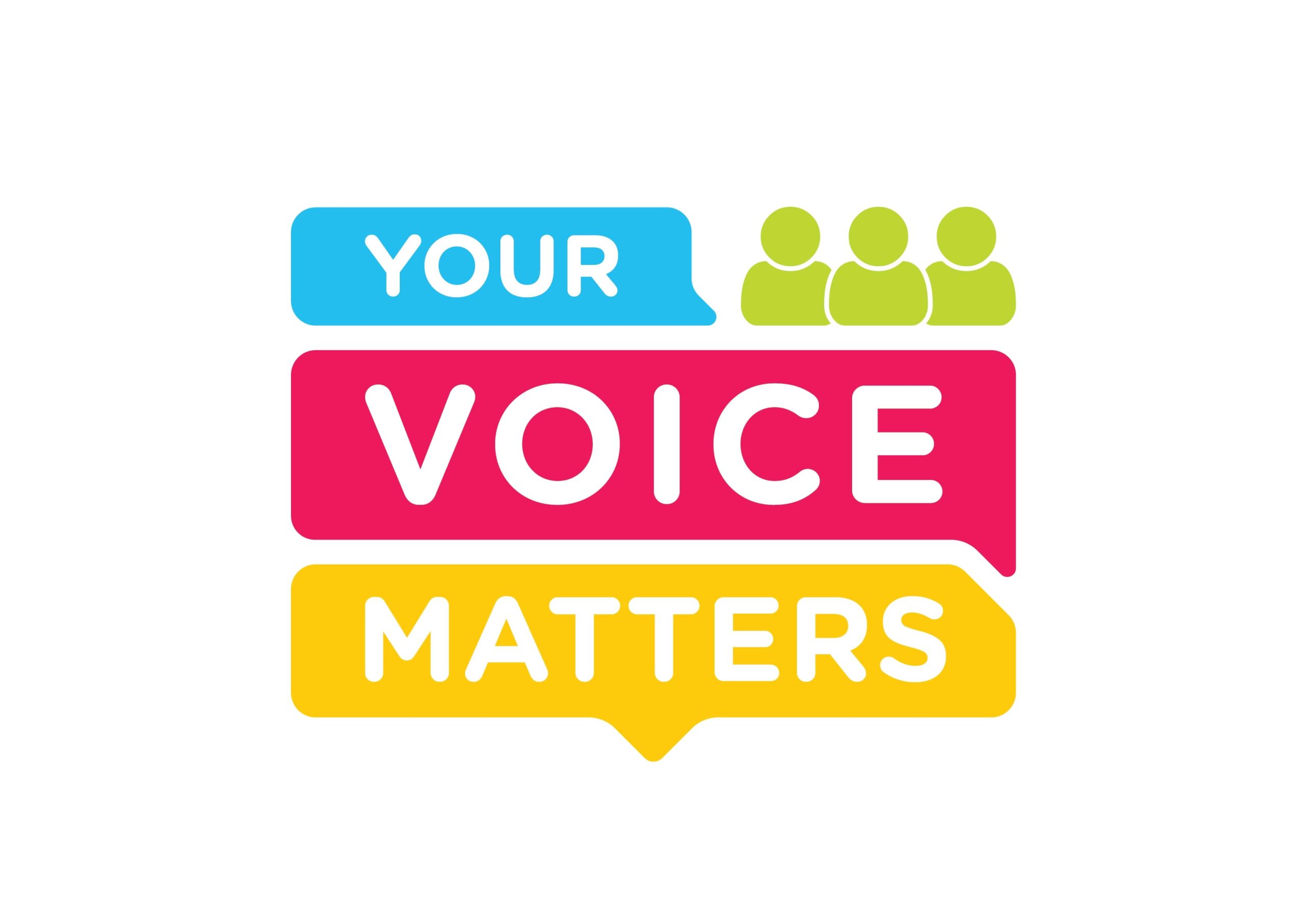It is good to see that the Institute for Youth Research Malaysia (IYRES) and United Nations Children’s Fund (UNICEF) have released the facts and figures of the Malaysian Youth Mental Health Index 2023 (MyMHI’23).
The earlier 2022 National Health and Morbidity Survey (NHMS) on adolescent health has clearly shown the rising rates of mental health problems among adolescents.
Suicidal ideation, loneliness, and anxiety rates have doubled from 2012. Increasing suicides among youth have also been shown by data from the Royal Malaysia Police (PDRM).
Having a Malaysian Youth Mental Health Index is vital as a critical tool and index to periodically monitor the psychosocial (mental) health of our youths.
The overall rating of MyMHI’23 was 71.9, with data collected from close to 6,000 participants, and shows us that Malaysian youths, as a whole, face a moderate risk of mental health issues. We would appreciate the disclosure of disaggregate data to see the index by social class, geographical location, ethnicity, and gender.
The worst scoring areas were Surrounding Environment Domain (65.5), Social Support Domain (68.3), and Healthy Mind Domain (66.1). This data suggests that youths find their environments not very supportive (especially physical environments and social expectations), are receiving inadequate support from family, significant others, and experts, and many have some degree of anxiety and depression.
The problems faced by our youths is not peculiar to Malaysia but have also been observed worldwide. It might be better to move from calling this a mental health problem to a psychosocial problem. We can only expect it to worsen over time, unless we act decisively to improve the situation for our youths.
MyMHI’23 has made good recommendations for intervention at government, community, and family levels.
I would add that to plan any meaningful and real action plans, we need to understand the reasons behind this global growing psychosocial pandemic.
The reasons are complex and include the loss of social community structures, especially the loss of extended families, the massive growth of impersonal cities, addiction and dependence on social media by both adolescents and adults, the loss of green lungs resulting in an environmental and climate crisis, enormous academic pressures, and the loss of any meaningful future for our children.
Therefore, long-term prevention via a transformation of our cities and social life is badly needed. We require meaningful connections and relationships that are not screen-based.
We require numerous city-based green lungs for families to hang out with and find each other. We require clean air (worsening air pollution is linked to suicides).
We need to change the focus of society on what constitutes success, which is fulfilling relationships, and not material achievements, abilities, or fame.
While we work on prevention, we also have to identify youths currently struggling with psychosocial issues. Parents need to invest more time in listening to their children.
Teachers must be aware that it is happening to the children they are teaching in class. The government needs to invest in the expansion of psychosocial services for adolescents nationwide, and this requires targeted federal funding.
Dr Amar-Singh HSS is a consultant paediatrician and child and disability activist.
- This is the personal opinion of the writer or publication and does not necessarily represent the views of CodeBlue.






